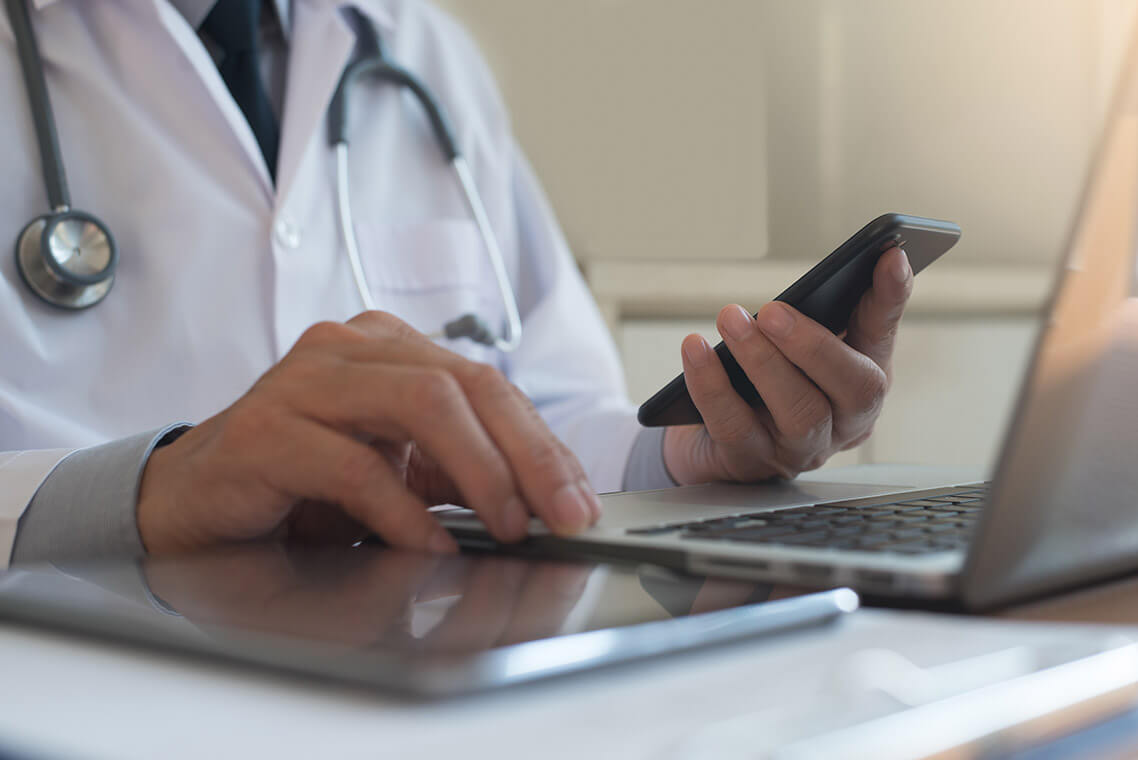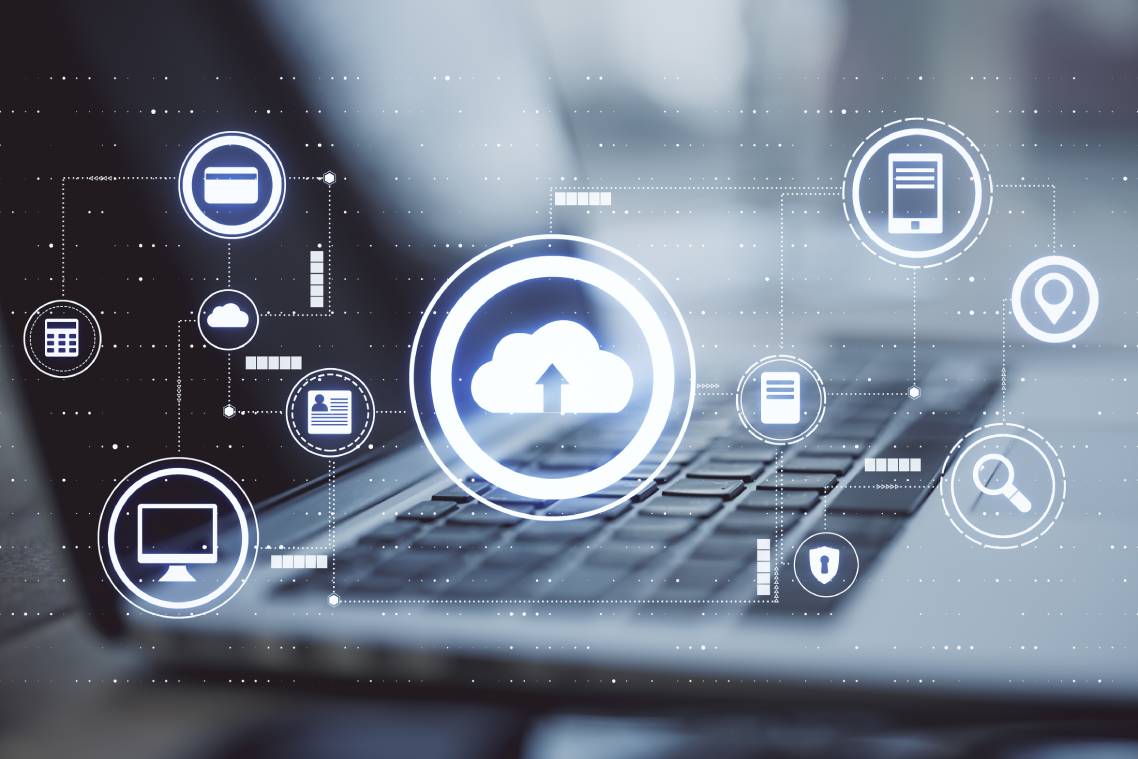
Parallels RAS: An Optimal VDI Solution for the Healthcare Industry
Parallels® will be attending the Healthcare Information and Management Systems Society (HIMSS) 2022 conference from March 14–18 in Orlando, Florida. Also, this event can be attended virtually.
At HIMSS, our team will be on hand to demonstrate how Parallels Remote Application Server (RAS), a virtual desktop infrastructure (VDI) solution built for today’s remote and hybrid workforces, can help healthcare organizations to quickly and easily provide care workers with secure, virtual access to critical applications and data, anywhere, from any device.
In this post, we’ll explore the increased role of VDI in healthcare and what makes Parallels RAS an ideal VDI solution for the healthcare industry.
The Parallels RAS Solution
Parallels RAS is a secure, all-in-one remote work solution that enables today’s healthcare teams to be more agile and efficient. Key benefits of the solution include:
- Enables secure access to desktops, applications, and patient data from a care worker’s device of choice whenever needed, from any location.
- Enhances data security by centralizing medical data to help organizations comply with the Healthcare Insurance Portability and Accountability Act (HIPAA) and other healthcare regulations.
- Provides access to data and applications via single sign-on (SSO), helping doctors and nurses who are frequently on the go save precious time by eliminating the need to log into various systems.
4 Key Benefits of Parallels RAS for Healthcare
A VDI solution like Parallels RAS offers many benefits for healthcare organizations. Let’s take a closer look at four of them:
1. Enhanced Data Security
According to the 2021 Identity Breach Report, the healthcare industry was subject to a 51% increase in the total volume of records exposed when compared to 2019.
A solution like Parallels RAS help protects sensitive patient information because all desktops, applications, and data are located in a central datacenter—not on the end user’s device. In the event of a network breach or a compromised device, sensitive information is always protected.
2. Faster, More Efficient Workflows
Parallels RAS gives providers quick, secure access to patient information and clinical applications.
As mentioned above, SSO enables healthcare professionals with the ability to access data and applications wherever they are, without needing to log into multiple systems.
Data security is of utmost importance in the healthcare industry, and many IT departments mandate strict password policies to safeguard data. These policies may require a certain number of characters, a combination of letters and numbers, and other qualifiers for strong passwords.
Many providers end up spending valuable time entering passwords each time they access a system, logging in multiple times if they forget the correct password and connecting with IT for password reset requests.
On average, it costs the average organization $70 for a single password reset. Large US-based organizations need to allocate over $1 million annually in their yearly budgets just for password-related support costs.
3. IT Agility and Business Readiness
The flexible and scalable architecture of Parallels RAS enables organizations to adapt quickly to continuous workplace changes and demands for new applications or desktop types.
For example, fast desktop provisioning is near-instantaneous for IT administrators to create virtual desktops to meet user demands. This makes it easy for healthcare facilities to save time and costs when onboarding new employees.
4. Fewer Barriers to Care
Telehealth and associated technology solutions used in healthcare settings facilitate remote care to enhance healthcare options and improve patient access to care.
Parallels RAS allows health providers to connect with patients through these virtual platforms while providing caregivers with access to the information they need to make informed decisions and provide treatment across any device to any location, all while maintaining patient privacy.
Parallels RAS also helps support telehealth options, which expand the availability of online appointments for non-emergency situations and help people get the care they need without the added cost of a trip to the emergency room (ER).
For example, the average cost of a non-emergency US ER visit is $2,000, compared to $79 in the US for a telehealth appointment. In addition to cost savings, telehealth also helps alleviate long wait times—both for scheduling appointments and waiting to be seen.
Learn more about Parallels RAS for healthcare by registering to join us at the HIMSS event!
Can’t make it? Try out Parallels RAS for yourself!

